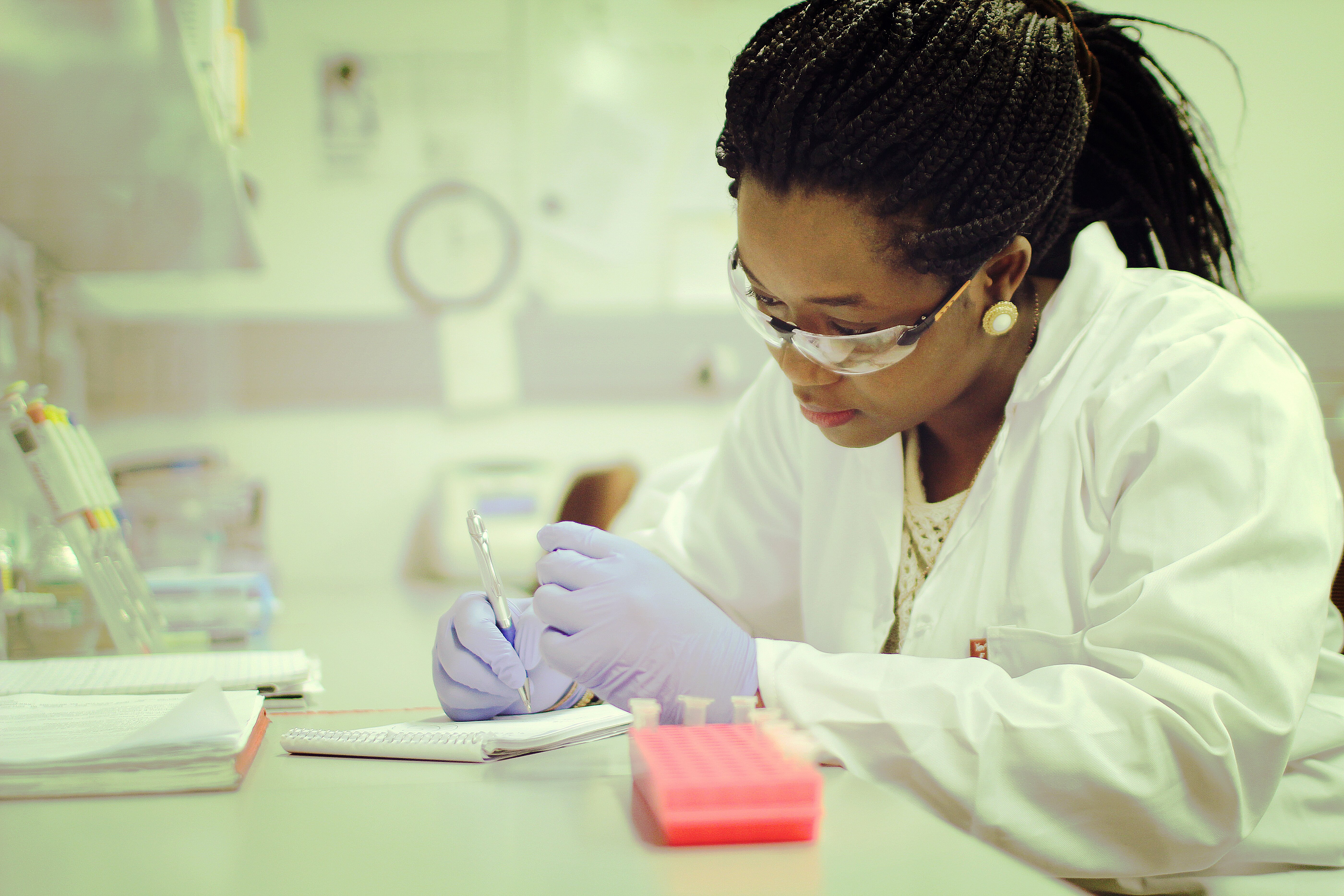
Tiza L. Ng’uni
University of the Western Cape
Small scale farmers and traditional healers in the Northern and Western Cape know when best to harvest “kraalbos” or “geelbos”. Considered by the Khoisan to be a cure-all for ailments from toothaches to venereal diseases, this woody shrub has been used for centuries in southern Africa. It grows wild, and between July and September, the farmers harvest it by cutting off the juicy green shoots before they erupt with small yellow flowers in the spring.
Could this plant, known in the scientific community as Galenia africana, offer a possible treatment alternative for the antibiotic resistance sweeping the world?
Bacterial infection is one of the leading causes of death in the elderly and immuno-compromised, something which is getting worse as many bacteria become resistant to antibiotics. This means that people often die from infections that more than 10 years ago could have been cured. In 2016, people are at risk of dying from pneumonia and sepsis because our medication no longer works on them. Methicillin-resistant Staphylococcus aureus (MRSA), for example, is resistant to more than 20 antibiotic medications and the number is rising.
MRSA develops resistance to antibiotics through a range of complex methods, from possessing drug resistant genes to pumping drugs out of the cells.
These bacteria are developing resistance to medication faster than pharmaceutical companies can develop new drugs, creating clinical and financial strain on the health care system.
This is why researchers are turning to traditional medicinal plants. This biodiversity and indigenous knowledge is often underused, and South Africa’s department of science and technology has prioritised research in this area.
However, we know little about the toxicity of medicinal plants and how our bodies tolerate them. The fragrant woody shrub “kraalbos”, despite its centuries of use by the Khoisan people, is no exception.
Between 2009 and 2011, researchers from the University of Johannesburg reported that the Khoisan used kraalbos mixtures to treat head rashes, lice and dry skull. Hence, a company called Kraalbos Bio-Health Products incorporated kraalbos in the formulations of shampoos, lotions and soaps. Researchers at the University of the Western Cape also showed that kraalbos possessed antibacterial, antifungal and antioxidant properties. This is why I evaluated with the help of Charles River Laboratories the antibacterial activity of kraalbos on MRSA, as well as its toxicity.
My PhD research, at the University of the Western Cape, focused on how MRSA reacted to kraalbos. We tested different concentrations of kraalbos on MRSA, the bacteria responsible for causing many illnesses in humans, from skin infections to pneumonia. We also pitted the methicillin-based antibiotic against this virulent pathogen.
Ultimately, the methicillin antibiotic had no effect on the MRSA, whereas the kraalbos concentrate prevented the growth of the bacteria, demonstrating that this indigenous plant could in fact be an important tool in the fight against both bacterial infection and antibiotic resistance.
But just because this plant has antibacterial properties does not mean it is safe for human consumption.
To analyse the toxicity of kraalbos, Charles River Laboratories in the United Kingdom, on our behalf, tested it on rats and human skin cells. They performed the studies according to standards set by the Organization for Economic Cooperation and Development (OECD) for testing the safety of chemicals.
They administered kraalbos orally to three groups of three female rats, in what is known as an acute oral toxicity study. They used female mice because the OECD recommends that a single sex (usually female) be used. This study allowed us to investigate the oral toxicity of kraalbos after a single administration to the rats.
Laboratory researchers also applied a kraalbos concentrate to the backs of five male and six female rats in what is known as an acute dermal toxicity study. They observed the animals and, after 15 days, no rats had died or showed any sign of poisoning.
But there’s a difference between something being safe for rats and it being safe for humans. However, when the researchers exposed human skin cells to a kraalbos concentrate, they observed no irritation, leading to kraalbos being classified as a non-irritant.
South Africa’s biodiversity is extremely rich and remains largely unexplored. According to the South African Biodiversity Information Facility, its rich biodiversity is considered third in the world after Brazil and Indonesia.
The Indigenous Knowledge Bill, which is before Parliament, aims to protect this knowledge from exploitation by international companies and ensures that the peoples of South Africa benefit from the research into and commercialisation of this knowledge.
While the people of southern Africa have been using the area’s plants to treat ailments for centuries, they are not necessarily safe. Also, they can be prepared in a variety of different ways, which can give them different pharmaceutical properties.
The study of medicinal plants creates a platform to assess their potential as therapeutic agents. By undertaking this research within South African universities, we can safeguard this indigenous knowledge from exploitation.
In the case of kraalbos, we have shown that it can safely be used as an alternative therapeutic agent. Although more work needs to be done before this plant can be turned into a pharmaceutical, it is a possible way of alleviate the burden of multidrug-resistant pathogens.

oh my God proud of u tiza inspired
Well done Tiza! Xoxo 😘
You go girl. So proud of you.
You are an inspiration Big Sis.
Wow
So inspiring